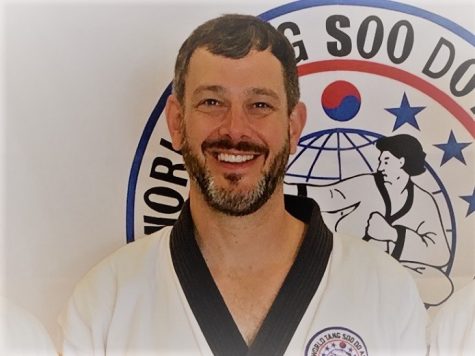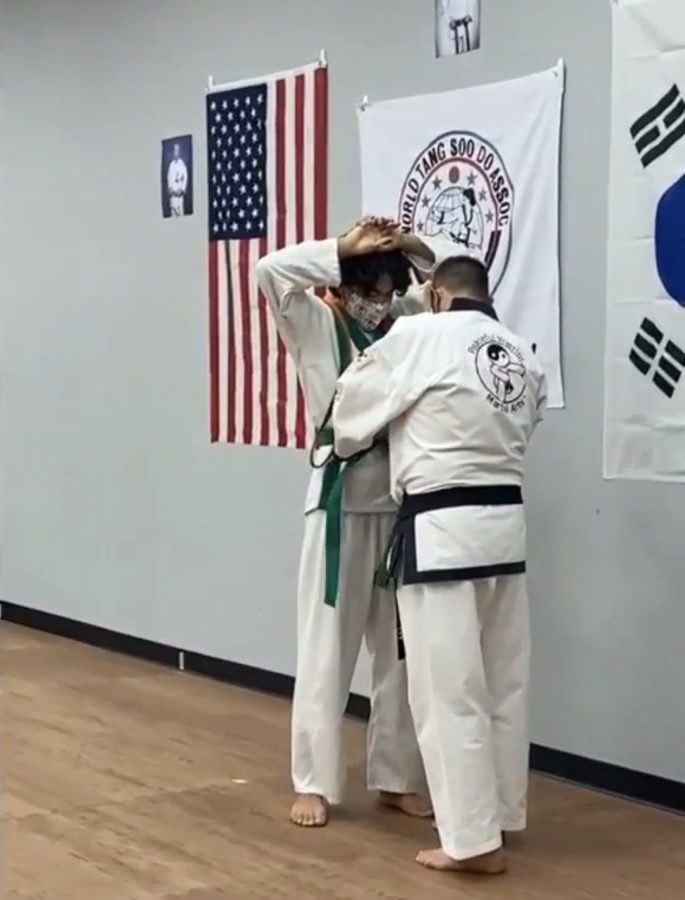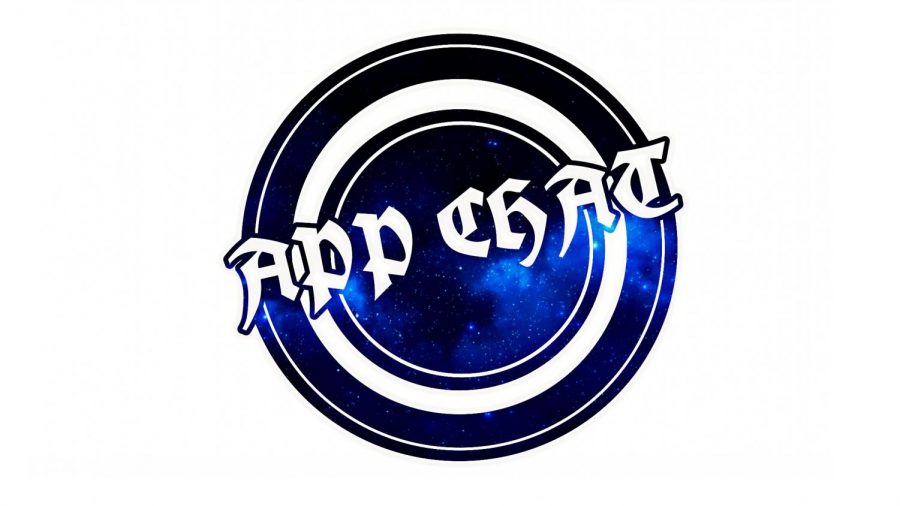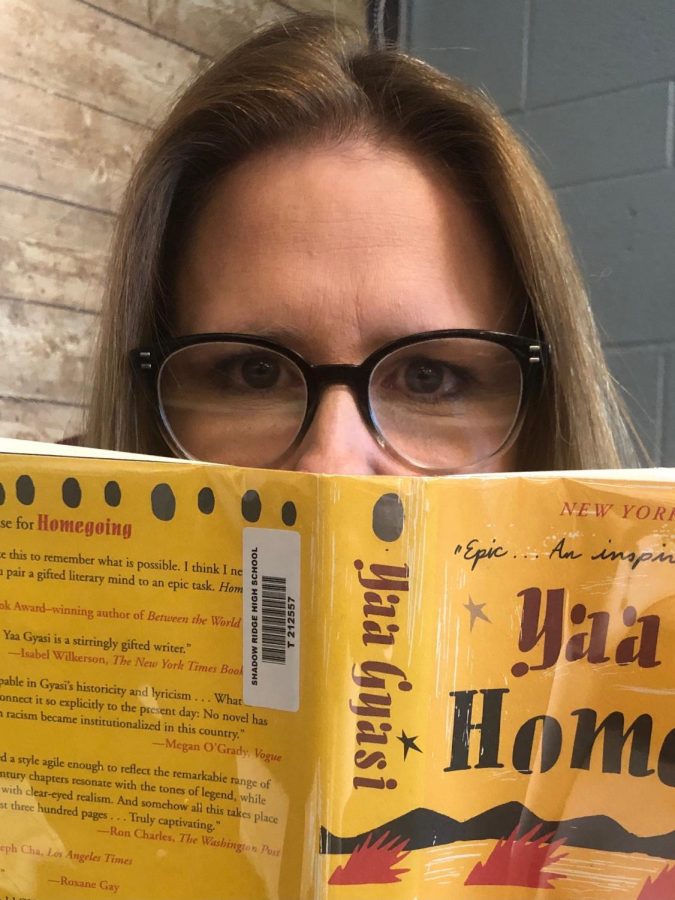The (Martial) Art of Tang Soo Do
Junior Elizio Bodden receiving green belt
November 15, 2020
Elizio Bodden, a junior at Shadow Ridge High School, is a practitioner of the Korean martial art of Tang Soo Do (tong-soo-doe). Bodden and his father attend classes every Tuesday and Thursday, from 7- 8 pm, at the Peaceful Warrior Martial Arts studio with his instructor Alan Shaw.
Bodden has been in a few martial arts in the past including Jiu-Jitsu and Taekwondo, though only briefly. At the age of 15, he was heavily encouraged by his father to try out Tang Soo Do. He has been training since and has recently reached the belt rank of solid green.
“I got into Tang Soo Do because my dad did it as a kid as well,” Bodden states. “Around the age of 16, he was a black belt… but took a break to get into college and start a family. Around a year ago my dad found a little studio in which we attend today and insisted that I try it with him.”
Like many other forms of martial arts, Tang Soo Do marks student’s achievements with different colored belts to represent the learning of new skills and techniques. Beginners start with a white belt then earn new belts as they progress. The belts go as follows: white, orange, green, brown, red, blue. In between each solid belt, color is a belt made up of half colors, half is made from the belt below and half from the belt above (ex: white, white/orange, orange, etc.).
“Blue has no half stripe before black as it represents someone who is a black belt candidate,” explains Bodden. “But black is not the last belt, black represents the basic mastery of your essential skills. From there you climb the ladder of black belts as you further hone your skills, starting at first degree to second degree, etc. all the way to 9th degree, there is a 10th degree but this resembles complete perfection and nobody is considered perfect,”
Bodden likes Tang Soo Do because of the different styles that can be utilized. He enjoys the techniques that are more rigid and forceful, but also the techniques that flow and are more smooth.
“There are ‘hard’ techniques where your blocks are equivalent to strikes,” Bodden explains. “Then there are soft techniques where instead of going against the opponent you redirect their momentum and put yourself in a favorable situation. It sounds like something out of a fantasy but I am no practitioner of fairy tales. Whenever my teacher demonstrates techniques I try to make it more realistic and difficult on him to prove to myself that it works.”

The founder of Peaceful Warrior, Alan Shaw, is a 3rd-degree black belt and continues to train in Tang Soo Do as well as teach. Mr. Shaw had a background in martial arts previous to starting in Tang Soo Do and stuck with it because of the impact he’s seen it have on his life.
“[I started because] I was looking for something fun and useful that would help me get into and stay in shape,” Mr. Shaw shares. “I was 37 years old when I sat in on a Tang Soo Do class… nearly 14 years have since passed and I’m still training!”
Mr. Shaw is very passionate about Tang Soo Do as not only a martial art but because of the other lessons he has learned through training. He wishes for his students to take these lessons with them into their lives and pass them on.
“I have a passion for Tang Soo Do,” explains Mr. Shaw. “I have seen how it has changed my own life and the lives of others training with me…I teach others to be better versions of themselves. [Students] then go out into their careers, build families, make friends, and teach others the… core lessons of brotherhood, compassion, perseverance, and patience,”








